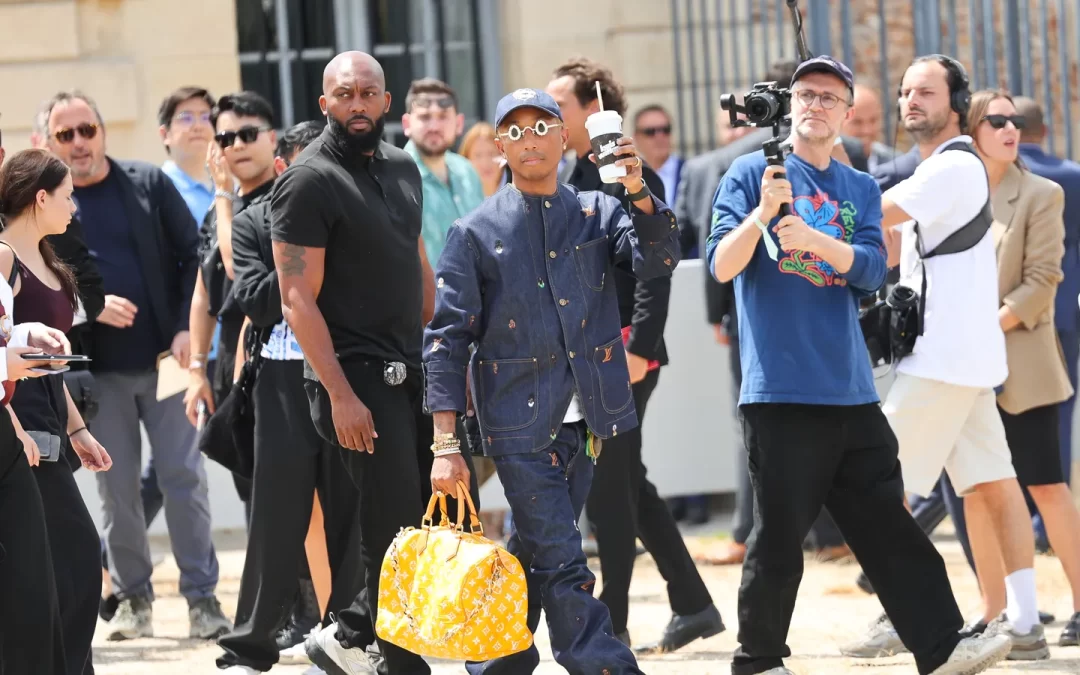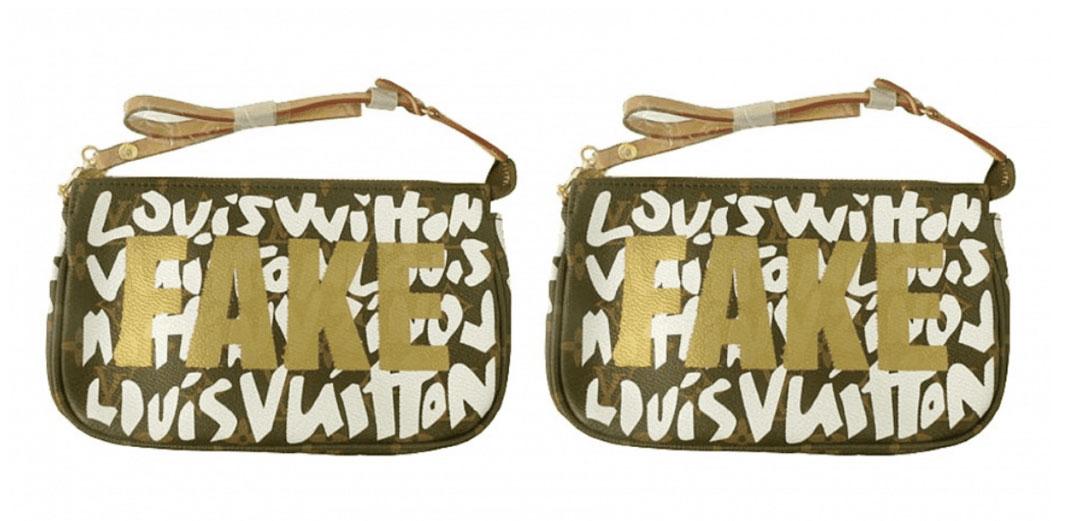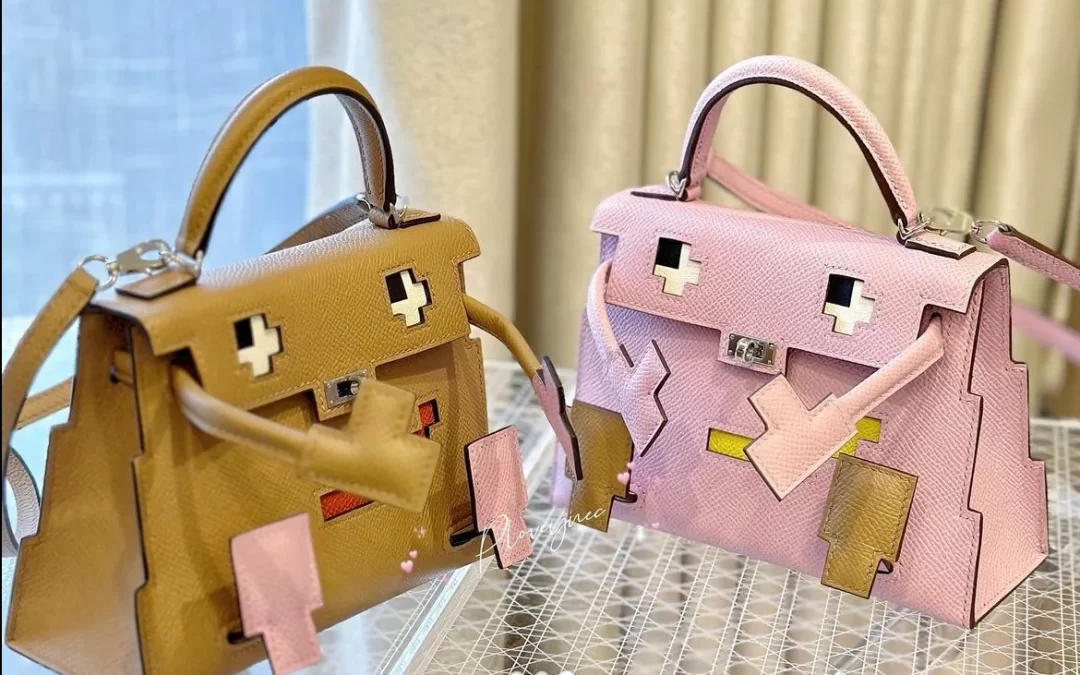
by CRIS&COCO | Dec 31, 2023 | Luxury Industrial Complex
The Million-Dollar Mirage: Pharrell’s Fashion Folly High Fashion or High Farce? On that fateful June evening on Paris’ Point Neuf Bridge, the fashion world was agog at Pharrell’s debut and the absurd spectacle of the Millionaire Speedy Bag. This...

by CRIS&COCO | Dec 13, 2023 | Fake Industry
Ah, the thrill of the faux fashion hunt! We’ve all been there, admiring that budget-friendly “CHANEL” bag from a bustling market in Vietnam or rocking a “GUCCI” shirt with a slightly off-kilter jockey logo from Bangkok’s bustling...

by CRIS&COCO | Dec 12, 2023 | Luxury Industrial Complex
Replica bags have become increasingly popular in recent years, offering fashion-conscious individuals a more affordable way to own stylish designer accessories. Quality, brand reputation, and personal preferences all play a role in determining the budget for replica...

by CRIS&COCO | Dec 8, 2023 | Fake Industry
The Allure of the Illusion: The Rise of Dupes and the Counterfeit Market In the intriguing world of fashion, there’s a hidden side that’s just as glamorous and far more mysterious: the burgeoning counterfeit market. Imagine a scene straight out of a spy...

by CRIS&COCO | Dec 5, 2023 | Luxury Industrial Complex
The Unsolvable Puzzle of HERMÈS Are you still fantasizing about a HERMÈS Birkin or Kelly? Well, brace yourself for a rollercoaster of hope, confusion, and a sprinkle of desperation. The process of acquiring one of these enigmatic quota bags remains a mystery wrapped...






